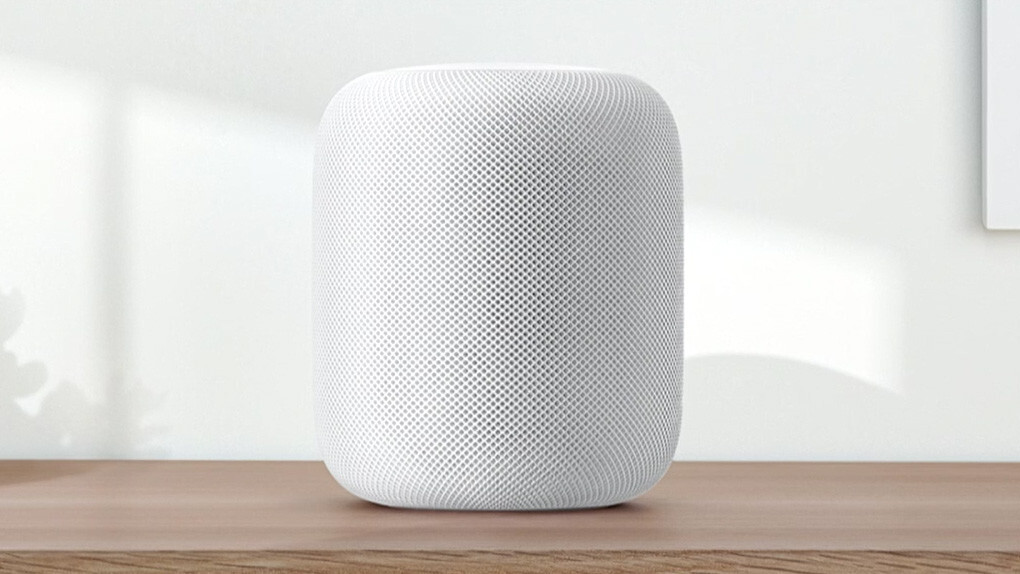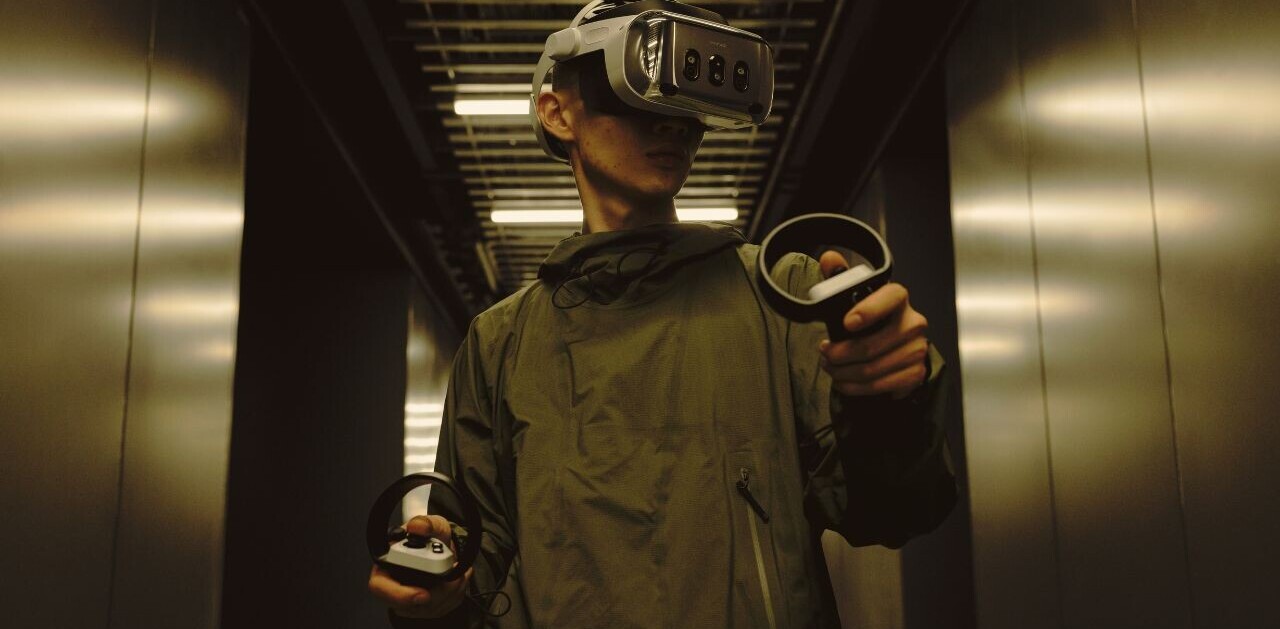
Reviews of Apple HomePod started pouring in last week, and it was was immediately apparent it sounded quite good compared other smart speakers on the market, especially for its size and price. But most of those reviewers weren’t really audio nerds, and considering the lackluster price-to-quality ratio on AirPods and Beats, my expectations were low.
So how does it hold up to audiophile choices? Pretty darn well, it seems.
Redditor WinterCharm published an extremely thorough review of the Homepod in the r/audiophile subreddit, largely comparing it to the KEF X300A – one of the top speakers recommended under $1,000 for a pair. Because Apple hasn’t activated stereo on the HomePods yet, it was compared again an individual X300A.
Long story short: The HomePod sounded better. The review goes through all the numbers, and it’s worth a read of your into that kind of thing, but there are a few things to note:
- Apple’s automatic room compensation seems to work wonders, providing a near-flat frequency response in an uneven room with no acoustic treatment.
- The room tuning and the omnidirectional sound provided by the circular tweeter array means the HomePod doesn’t have a narrow sweet spot like most speakers – it radiates cleanly all around the room. No more trying to find the perfect spot to plop your butt on the couch.
- Bass extension is impressive, hitting 40 hz even at top volumes (many small speakers lose their punch or sound distorted when at high volumes). That’s impressive even for much larger speakers.
- Apple’s uses Fletcher-Munson loudness compensation, which basically tunes audio to account for weirdness of human hearing at different volumes. Other digital speakers do this too though
Then again, there are numerous caveats:
- The X300A is only sold as a pair, and is meant to be heard as such.
- It’s also several years old.
- The HomePods don’t have a single input port, so they only work via AirPlay. That means you don’t have access to any high resolution audio above 16-bit/44.1Khz.
- It also means you are stuck within Apple’s ecosystem, and can’t plug it in to instruments, turntables, or anything else you might want to plug a speaker into.
- There are a few threads from people who aren’t quite as impressed. Audio is always partly subjective.
Still, it seems Apple has demonstrated it does, in fact, have some audio chops. There’s often a strange dichotomy between the mainstream (“Beats are great!”) and audiophiles (“Beats are awful”), so it’s nice to see a product that could please both groups. Let’s just hope the HomePod 2 is a little more flexible for audiophiles who aren’t trapped in the Apple bubble.
Get the TNW newsletter
Get the most important tech news in your inbox each week.




